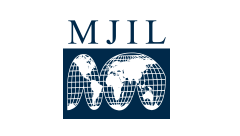Abstract
This Essay addresses this question in the context of the evolving status of indigenous peoples in international law. International instruments vest rights in indigenous peoples, and establish indigenous peoples as international legal actors to whom States and other international legal actors owe legal duties and obligations. These developments began between the First and Second World Wars, when the International Labour Organization (ILO) began to supervise indigenous working conditions in colonies. They continued after the Second World War with ILO Conventions No. 107 and 169, which vested rights in indigenous populations located in States that are a party to their terms. More recently, the U.N. General Assembly enacted the Declaration on the Rights of Indigenous Peoples, which declares that indigenous peoples possess a wide array of rights, including the right to self-determination. It affirms the international legal existence of indigenous peoples by recognizing them as legal subjects, and it renders international law applicable to their relations with States. Some of these international instruments, such as conventions adopted by the ILO, legally bind States that are a party to their terms. Others, like the U.N. Declaration, do not, strictly speaking, legally bind international legal actors, but they nonetheless have diffuse legal consequences for the development of both international and domestic law.
Recommended Citation
Patrick Macklem,
Indigenous Recognition in International Law: Theoretical Observations,
30
Mich. J. Int'l L.
177
(2008).
Available at:
https://repository.law.umich.edu/mjil/vol30/iss1/3

